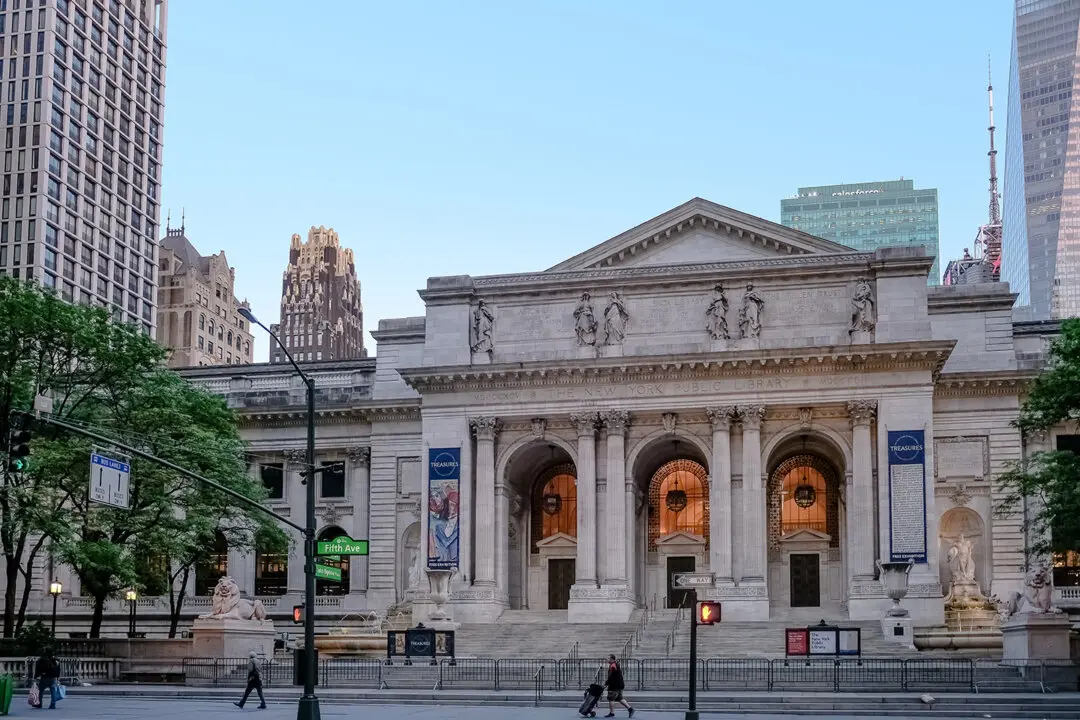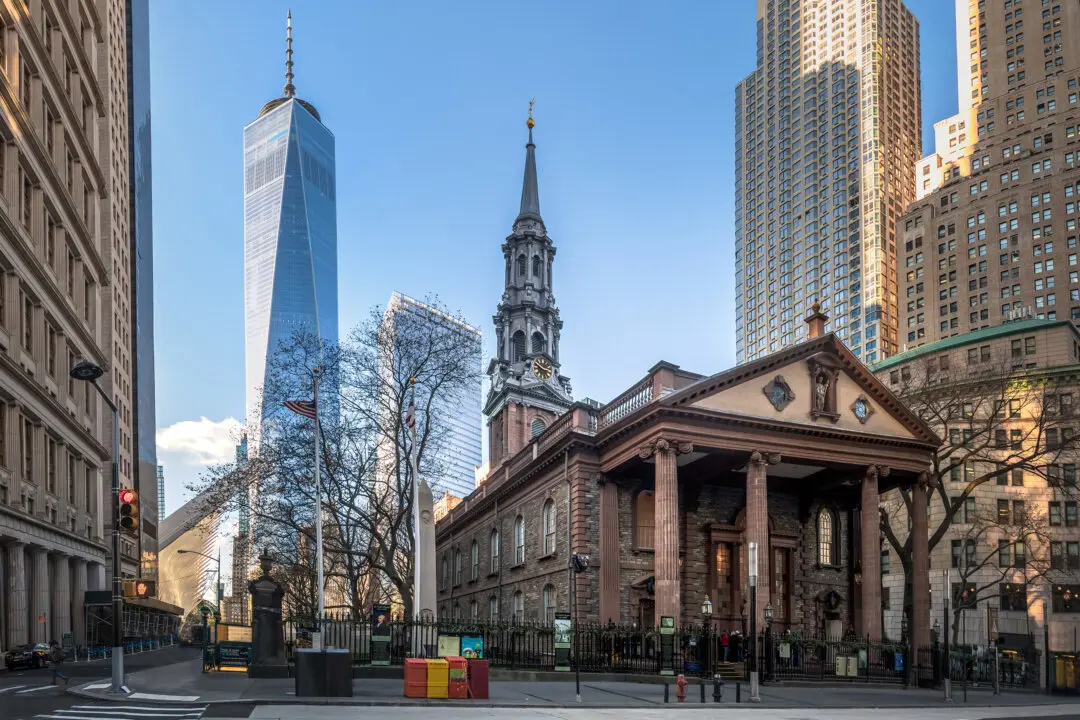The New York Public Library has been the setting for more than a dozen movies since the 1960s, and the 600-pound lion statues perched at its main-entry stairs are some of the most recognizable landmarks in New York City. The dichotomy of the building’s architectural design—from ground level to its three main floors—is what truly makes this symbolic structure worth visiting.
Today, the city’s main library is also referred to as the Stephen A. Schwarzman building, because of an early-2000s $100 million donation by the businessman toward the building’s renovation. However, the beaux arts-style landmark has been known for more than a century as the New York Public Library’s main branch. For a time, it was the largest marble building in the United States. Due primarily to the amount of marble used (530,000 cubic feet) and its high cost, construction lagged. Sixteen years passed from the launch of the library’s design process to its opening in 1911.





